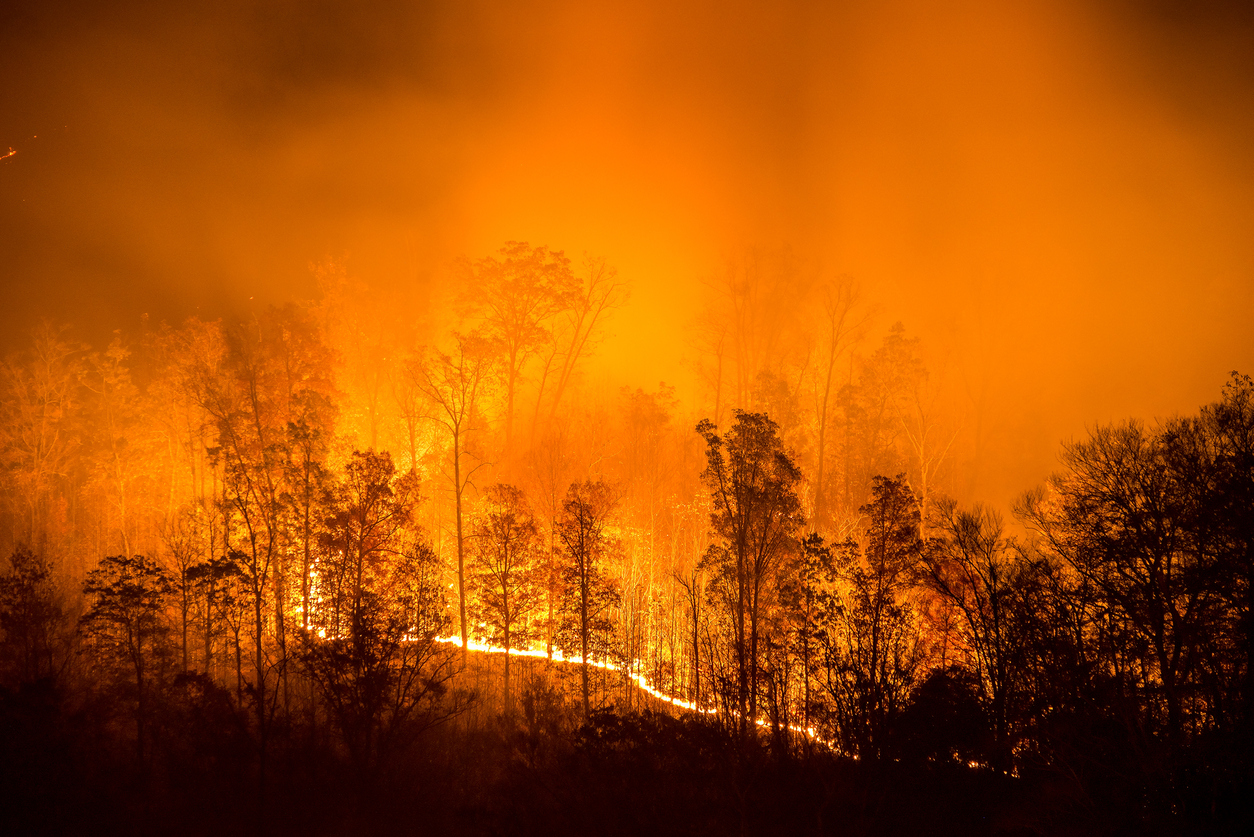
Reflecting on the month of November and the torrential wildfires that consumed California, experts warn that climate change could triple the frequency of such events.
The Fourth National Climate Assessment warns the Southwest region of the United States could experience even more catastrophic events due to human-caused climate change. The wildfires in both Northern and Southern California during the month of November are example on how dry conditions and vegetation due to climate change impact the region and surrounding areas.
The Camp Fire in Butte County killed at least 84 people, destroyed more than 13,500 homes and burned more than 117,000 acres. It was the most destructive wildfire in California history. The Woolsey Fire near Los Angeles, which broke out at the same time, killed three people but burned 93,000 acres.
A report issued by the National Oceanic and Atmospheric Administration (NOAA) said that, “Higher temperatures sharply increase the risk of megadroughts — dry periods lasting 10 years or more.”
The report was issued alongside the Environmental Protection Agency, NASA, the national Oceanic and Atmospheric Administration, and other research agencies.
“Megadroughts” cause a slew of environmental impacts, which include wildfires three times as large as those which have occurred recently. The report outlines that impact can be lessened if swift action is taken to reduce greenhouse gas emissions.
NOAA is an agency of the federal Commerce Department. The plan to issue the report was initially scheduled for release in December. However, it moved the release date to Friday afternoon, the day after Thanksgiving.
Some environmentalists speculate the move was carefully crafted to get the least exposure from the public. President Donald Trump visited the devastated areas in California last week but did not mention climate change played a hand in the conditions.
Rather, he downplayed the conditions to being a mere mismanagement of the forest service, claiming “raking” the forests would have prevented the catastrophe; a process he claimed Finland used. Finland’s president Sauli Niinisto clarified he was unsure about the “raking” process President Trump spoke of.
The NOAA report outlines several factors to climate change that have been expressed by scientists for some time. The NOAA webpage states,
“climate change is affecting the natural environment, agriculture, energy production and use, land and water resources, transportation, and human health and welfare across the U.S. and its territories.”
One of the major economic takeaways from the report states: Without substantial and sustained global efforts to reduce greenhouse gas emissions and regional initiatives to prepare for anticipated changes, climate change is expected to cause growing losses to American infrastructure and property and impede the rate of economic growth over this century.
Climate change continues to affect regions within the United States, as well as the international landscape. Despite warnings from thousands of scientists from all over the world, record-breaking temperatures every year, and physical evidence of glaciers melting, there still remains strong sentiment that climate change is not real.
The report (which can be downloaded here) hopes to encourage leaders across the country to make fundamental changes to the landscape of the country, lest future generations inherit an earth foreign to the one we once knew.





